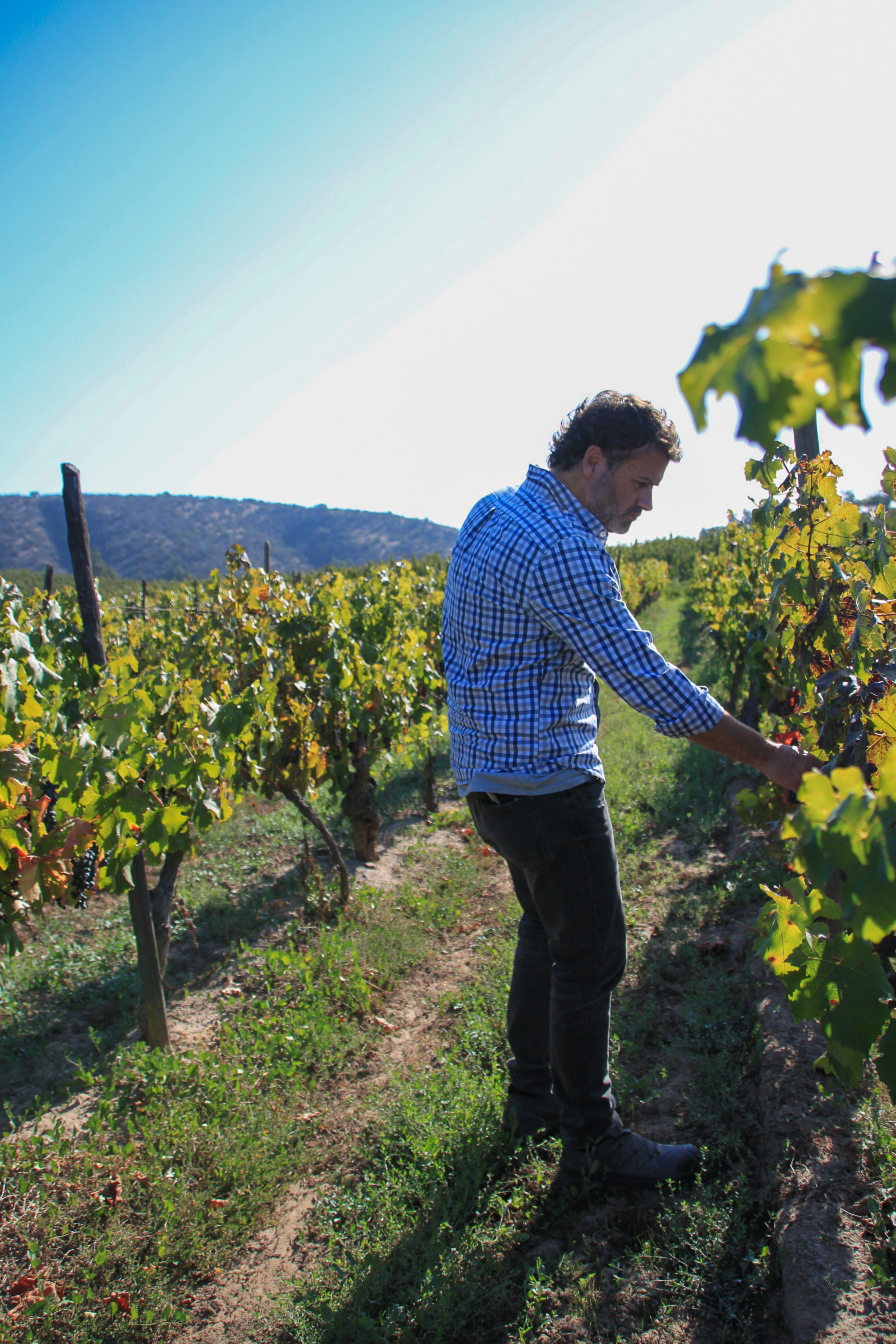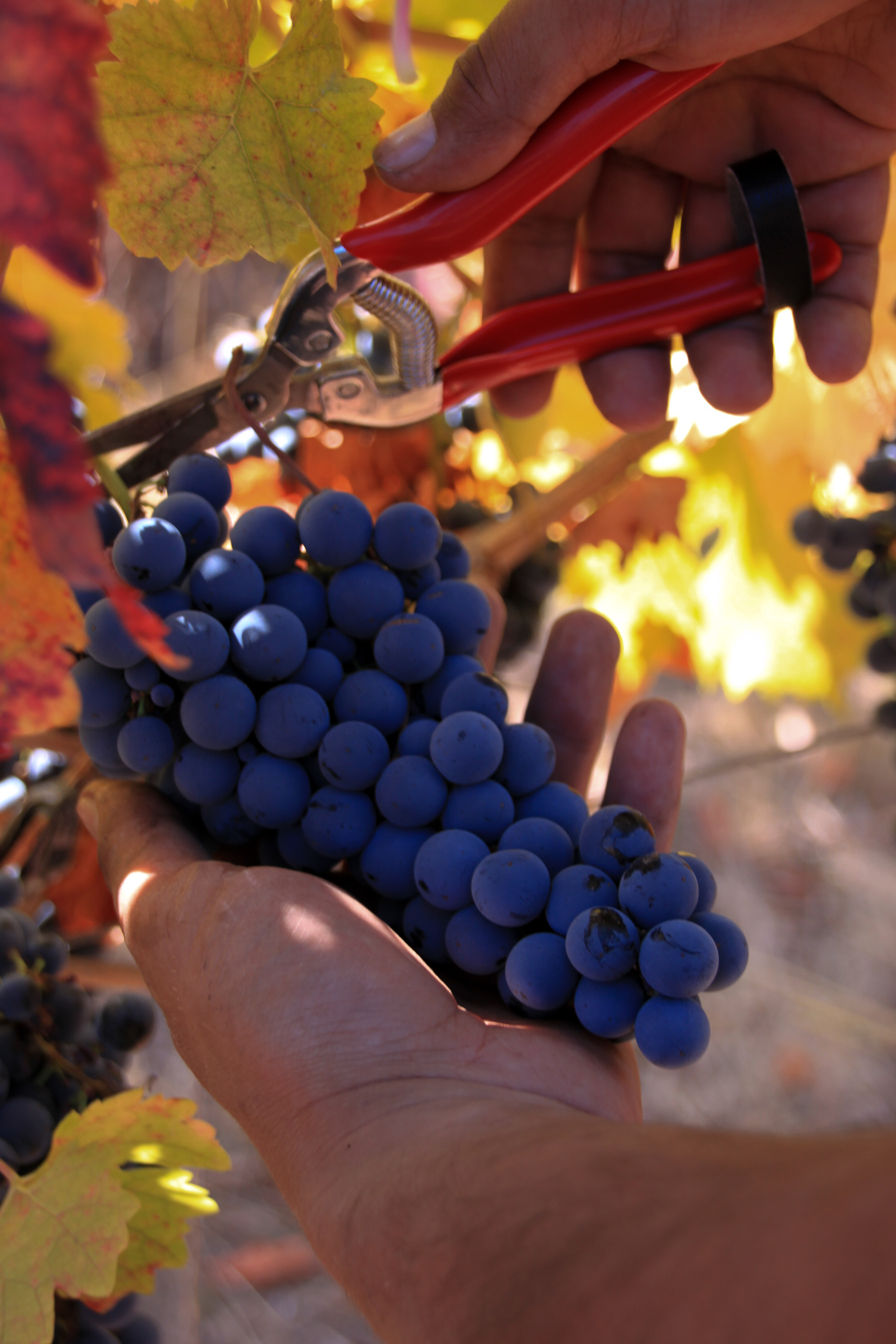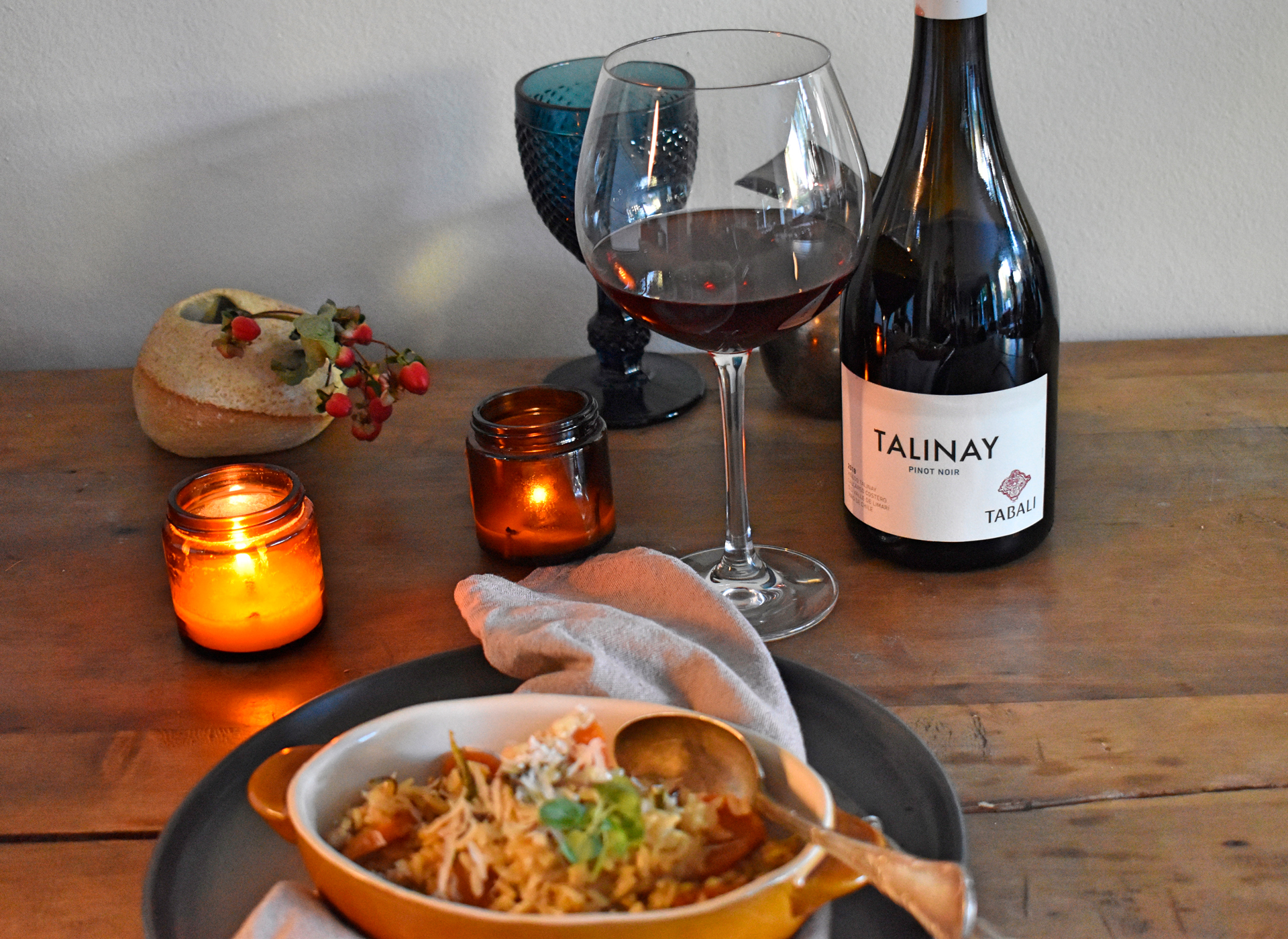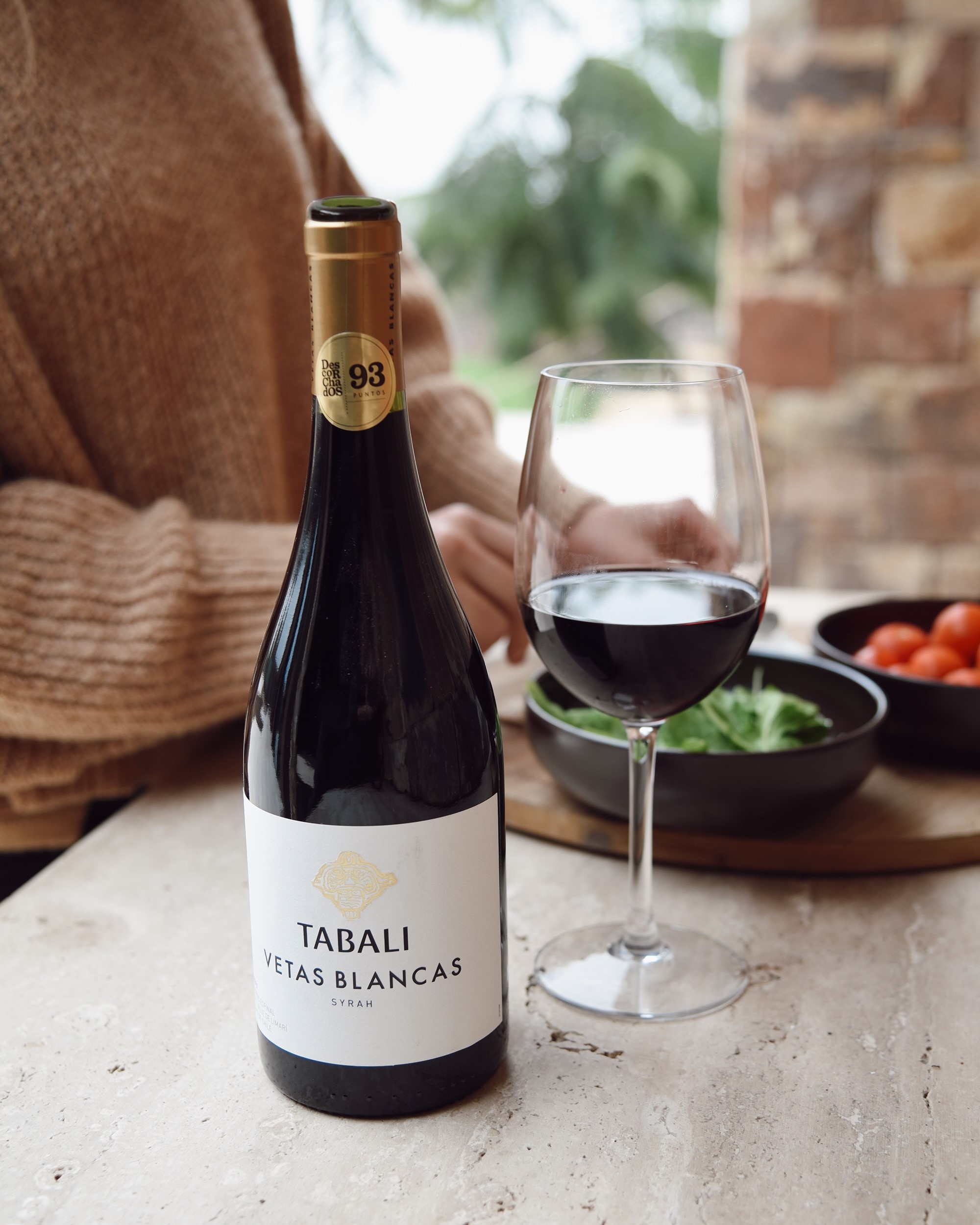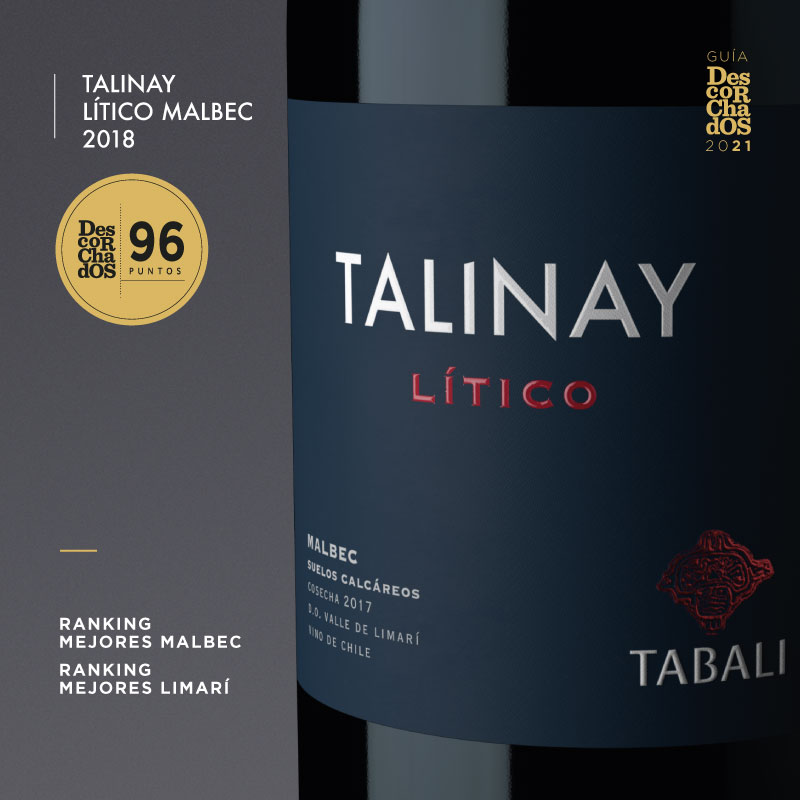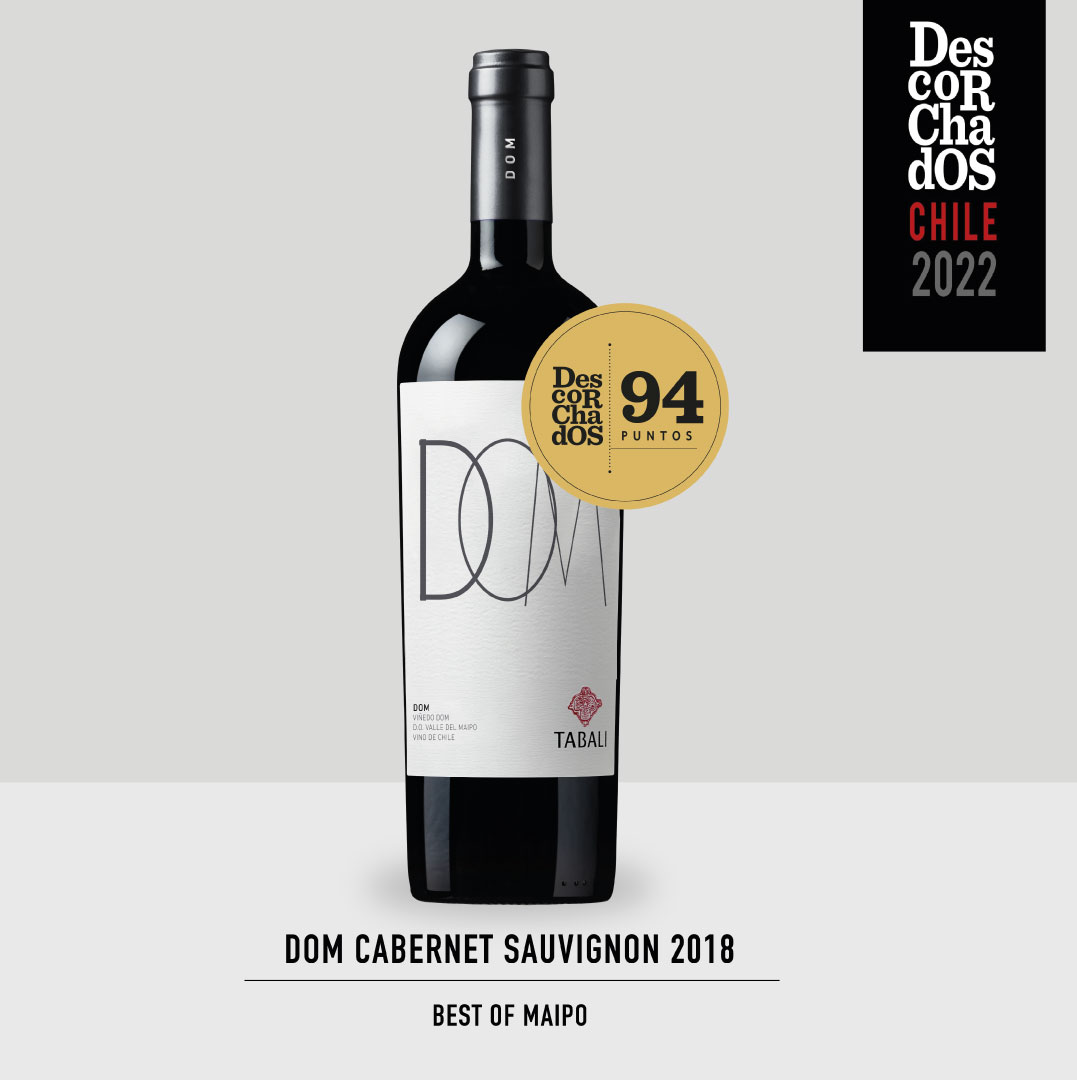At Tabali, we are very excited as our favorite time of the year is approaching: harvest! As you may know, the process of harvesting grapes to make wine is long. The vine cycle is annual, beginning with winter pruning and ending with harvest in late summer and early fall.
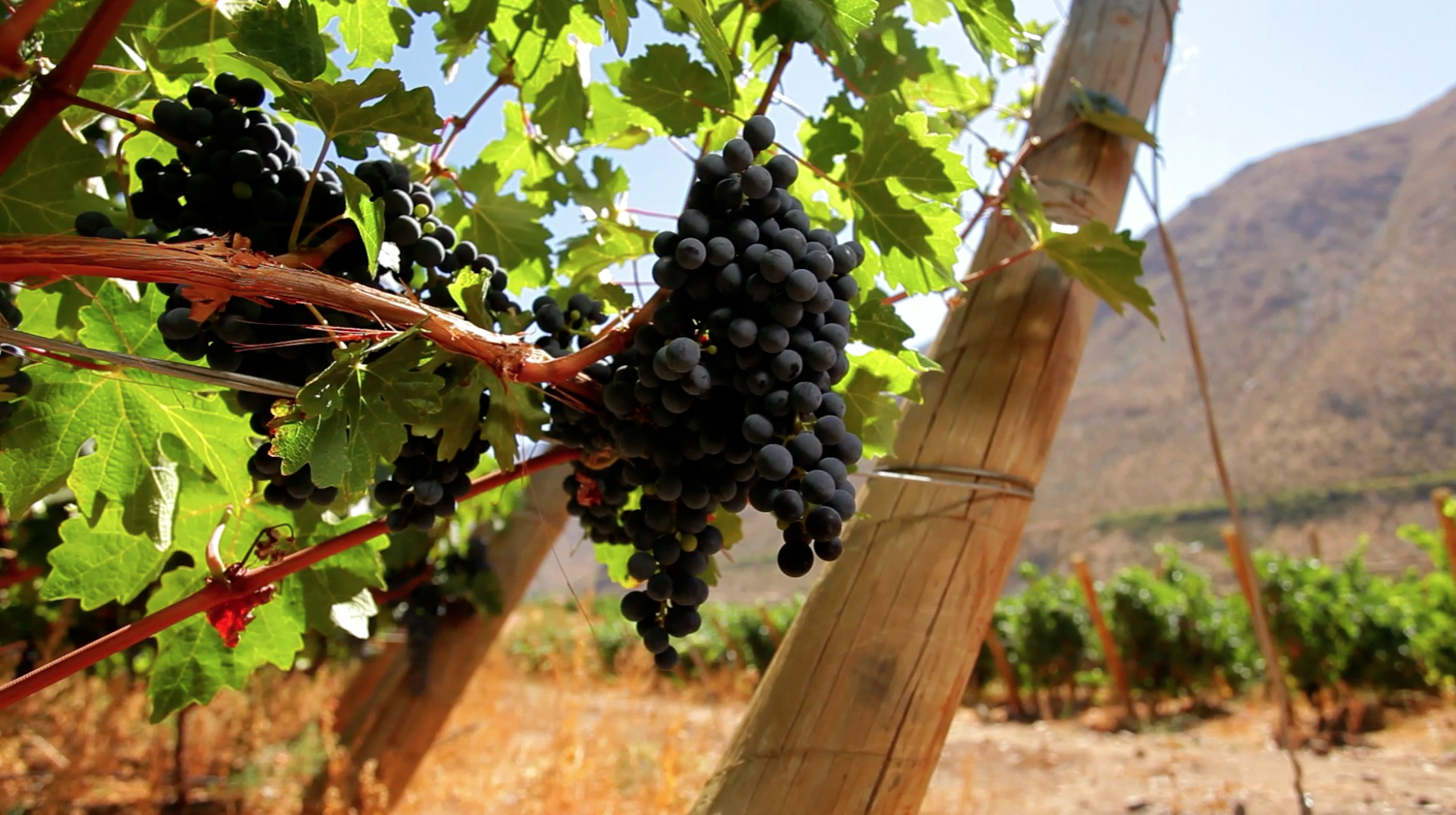
The quality of the harvested grapes will depend on many factors. First, to have great wine, we must have a great terroir of origin, which the winegrower must take care of throughout the year: watering, pruning, handling the vineyard yields, and much more. Then in the cellar, the winemaker must make the right decisions regarding fermentation, storage, blends, among many other choices.
But there is one key factor: the time of harvest.
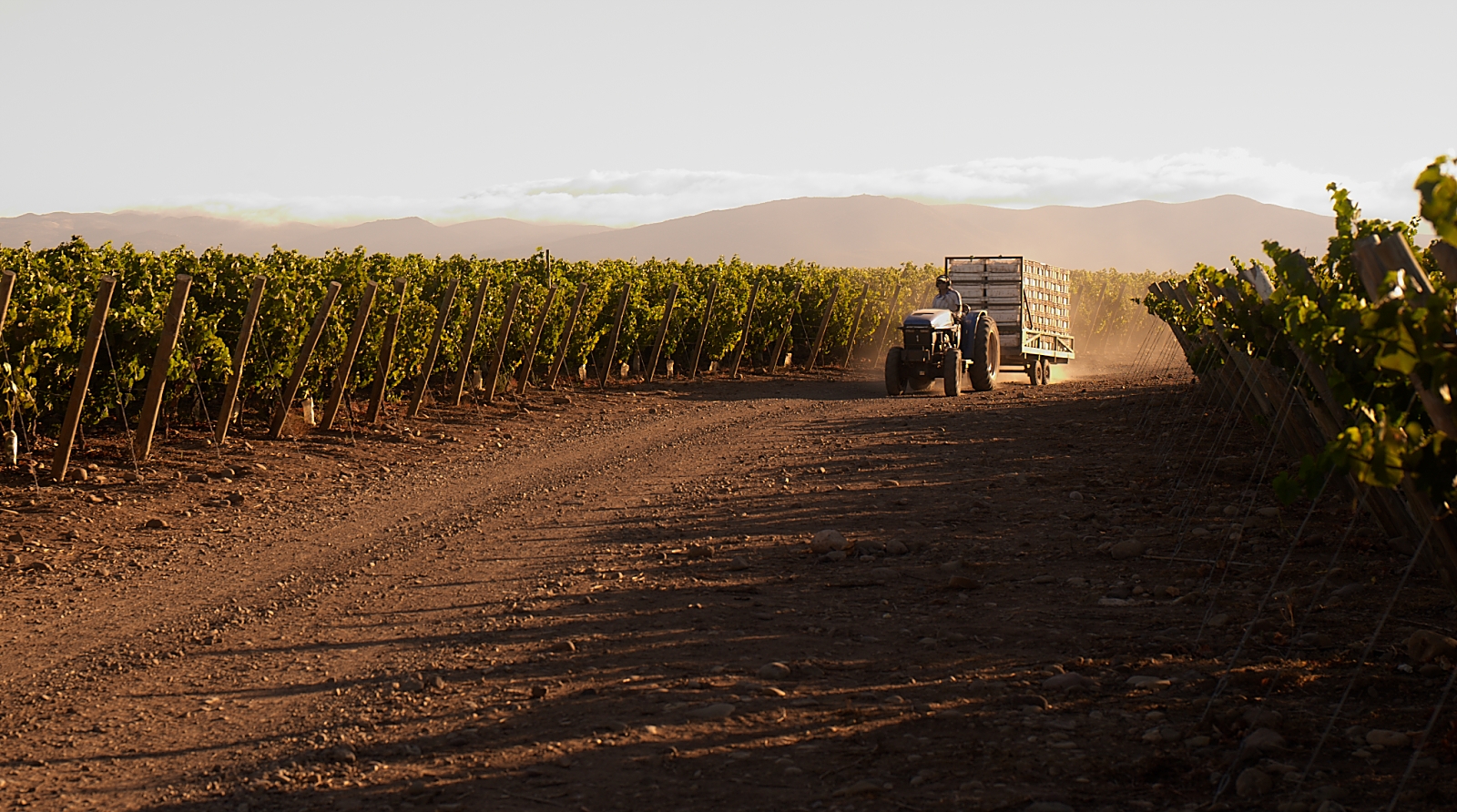
During veraison, the berries turn into their final color, they grow, raise their sweetness, and reduce their acidity. The grape ripening period is approaching. The entire viticultural and oenological team is waiting for the precise moment to harvest, visiting and walking through the vineyards, observing and tasting the grapes until they find the precise maturity they are looking for: the perfect balance between sugar and acidity. The harvest is the culminating stage of the entire cycle of the vine, and the decision of the moment of harvest is transcendental in the final result of the wine that will be obtained.
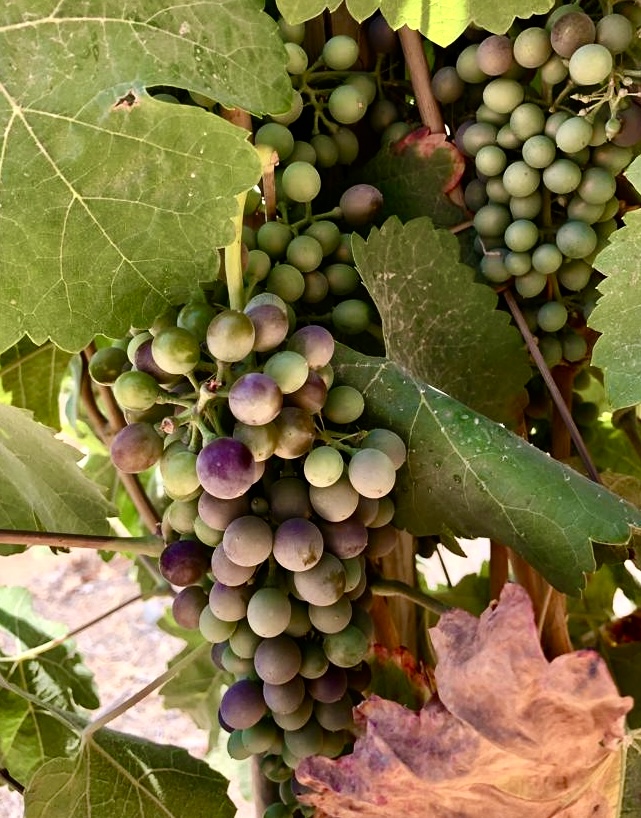
• Type of grape and variety: Generally, whites are harvested before reds.
• Type of Wine: The base wine for sparkling wines is usually the first to be picked, as high acidity levels are needed.
• The terroir of origin and its climate: the vineyard’s location will have powerful effects on the ripening of the grape. Whether it is a vineyard closer to the coast or higher up the mountains, it has sunny or cloudy weather, and even the vine’s geographical orientation will impact the right time of harvest. For example, in cooler climates like in the Talinay vineyard on the coast of Limari Valley, maturation will be slower than inland.
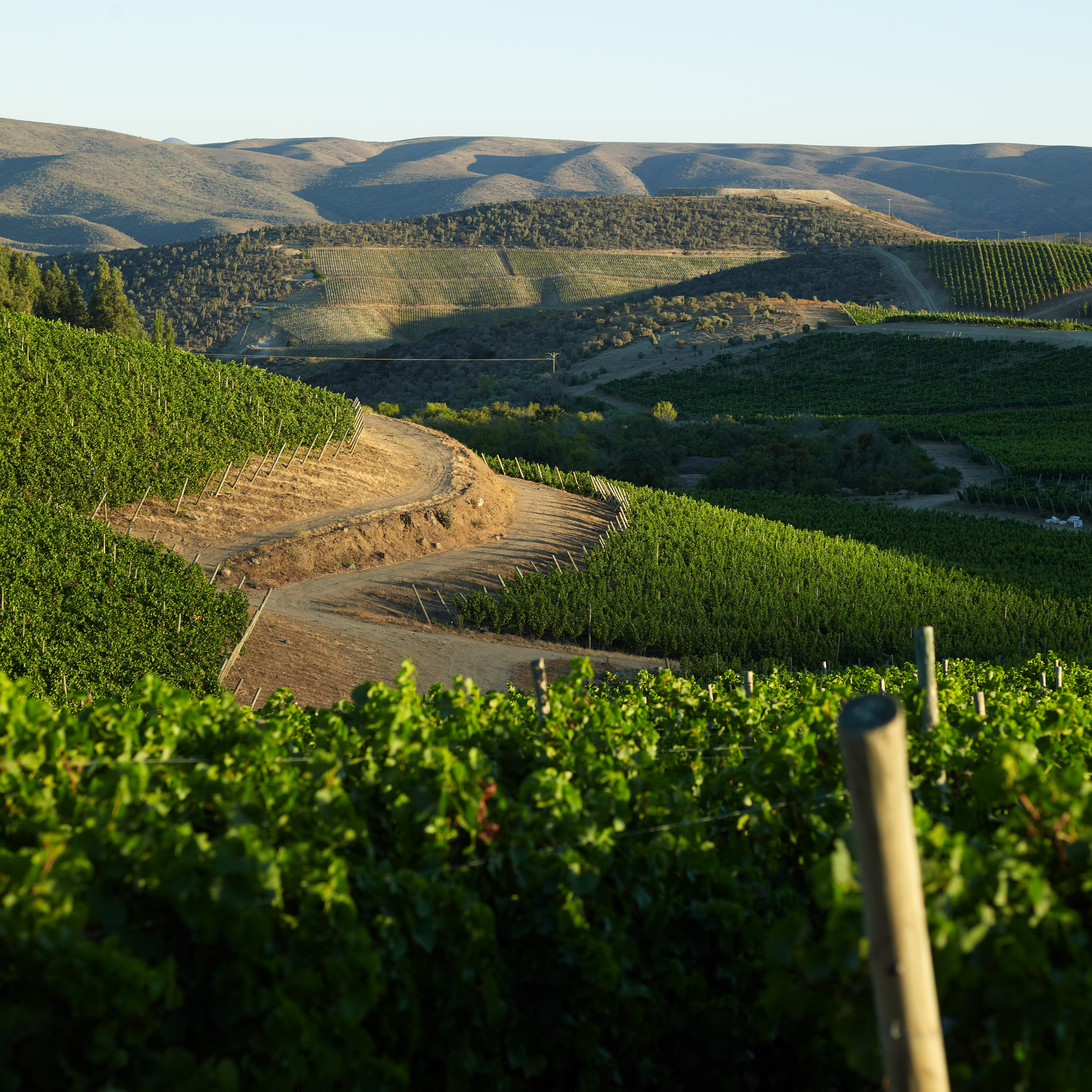
The viticultural and oenological team must be very attentive to the vineyard at harvest time. They walk through the vineyards, carefully observing, tasting, and studying the berries to decide when to harvest.
